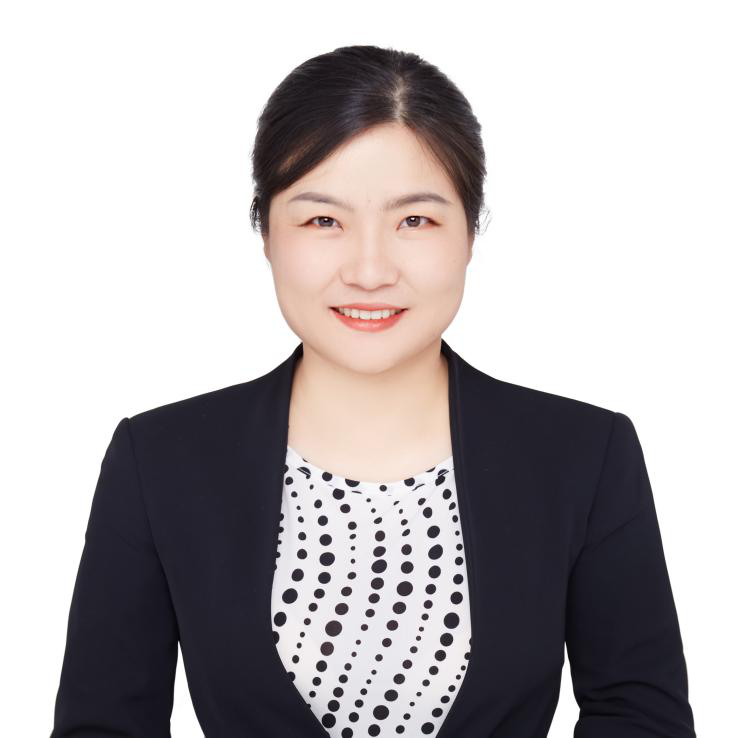
Dr. Huajiao Li
China University of Geosciences, Beijing, China
Title: International trade and competitiveness structure of China's advantageous mineral resources from the international trade network of industrial chain perspective: a case study of Tungsten
Abstract:
In
order to find the pattern and characteristics of international trade of
products in each stage of the industrial chain of advantageous mineral
resources, and identify China's trade competitive advantages and
potential problems in the industrial chain, in this paper we used
tungsten as example, and selected the international trade data of
tungsten ore, tungsten concentrate, tungstate, ferroalloy and tungsten
products in the upstream, midstream and downstream products of tungsten
industry chain from 2009 to 2018, to construct the international trade
networks to analyze the overall structure of international trade in each
stage of the global tungsten industry chain from the perspective of
trade volume, industrial concentration type, etc. We selected the
countries/regions in the list of stable oligopolistic countries /
regions as the typical research objects to analyze the oligopolistic
index, the control ability of trade channels, the export structure
index, etc., and we found that few countries hold a large amount of
trade in every stage of tungsten industry chain, and China has the
biggest competitiveness for exporting tungstate, and also has
competitive advantage in midstream and downstream products. China’s
competition advantage shows a "reverse U" shape. Meanwhile, China both
has the advantage of the diversity of channels and the disadvantage of
the control ability of trade channels. Therefore, if China wants to
realize the discourse power matching with its own resource endowment and
processing capacity, it still needs to improve its competitiveness in
terms of refined product processing and intermediary control ability
based on the existing oligopoly competitiveness. Finally, we combined
the horizontal and vertical comparison of China's competitive advantage
in the international trade in all stages to analyze the problems and
potential risks, and the relative suggestions are put forward.
Keywords: Tungsten; industrial chain; international trade; competitive advantage; industrial concentration
Biography:
Huajiao Li, Ph.D., Doctoral Supervisor and Associate
Professor of Management Science & Engineering in School of
Economics and Management under China University of Geosciences, Beijing (CUGB), Beijing. Postdoctoral researcher in China Center for International Economic Exchanges(CCIEE).Chaired or chairing 12 projects(including 1 National Natural Science Foundation of China, 1 Beijing Youth Talents Funding). She has published more than 60 journal papers, 50 journal papers are SCI or SSCI indexed journal papers, such as Energy Economics, Environmental
Science and Technology(ES&T), Applied Energy, Energy Policy,
Resources Policy, Energy, Journal of Statistical Mechanics: Theory and
Experiment, Scientometrics, Complexity, Physica A: Statistical Mechanics
and its Applications, et al. 11
papers were presented in 10 different international conferences held by
different universities, such as the University of Cambridge, KTH Royal
Institute of Technology, the Northeastern University, et al. She was a
CSC sponsored Visiting Scholar of Energy Economics and Policy in the
Pennsylvania State University. Research Interests: Multi-source
heterogeneous data analysis; Data mining and information service;
Industry economics and resources policy; Complex relations in financial
markets; Multi-layer heterogeneous networks.